Nectar vs Tempur-Pedic – which mattress brand is best on test?
I set the Nectar Premier Hybrid and the Tempur-Pedic ProAdapt Hybrid head to head to see which mattress offers the best performance at the lowest price
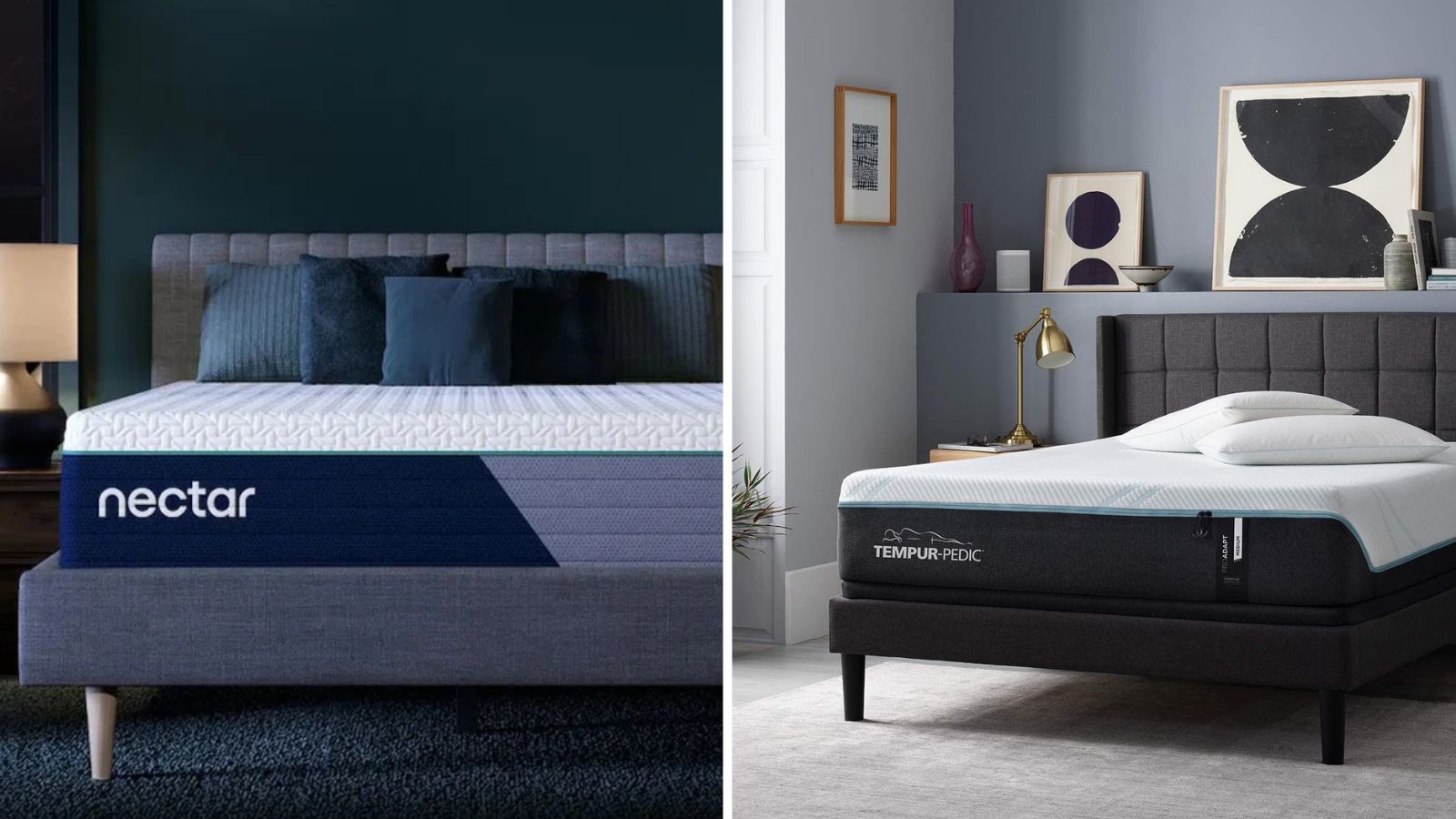

Nectar vs Tempur-Pedic: it's like David vs Goliath. Nectar is an up-and-coming box mattress brand, promising plush comfort and ergonomic support at low prices. Tempur-Pedic is a giant mattress brand, and their premium beds come with a premium price tag.
In my experience, the performance of a Tempur-Pedic mattress matches the price, but I can't deny that the Nectar process is so much simpler. When you order a Nectar mattress, it arrives vacuum-packed on your doorstep. All you need to do is carry the box into your bedroom, cut the plastic, and let the mattress inflate. It's quick, convenient, and cost-effective: everything the Tempur-Pedic process isn't.
To settle the debate between Nectar vs Tempur-Pedic, I wanted to test a similar mattress from each store. I landed on the Nectar Premier Hybrid and the Tempur-Pedic ProAdapt Hybrid. Between the two, I think the Tempur-Pedic ProAdapt is the best mattress, but the Nectar Premier is far more affordable.
Nectar vs Tempur-Pedic − which is best on test?
Before we begin, I'd like to introduce our two testers. Millie Hurst, our former Head of Solved, sampled the Nectar Premier Hybrid Mattress, while Jaclyn Turner, our former Sleep Editor, tried the Tempur-Pedic ProAdapt. Our testers assess each mattress against the same criteria: pressure relief; thermoregulation; motion isolation; and edge support. If you come across any unfamiliar terms, you can cross-check them against my mattress jargon buster.
Nectar vs Tempur-Pedic − Head to head
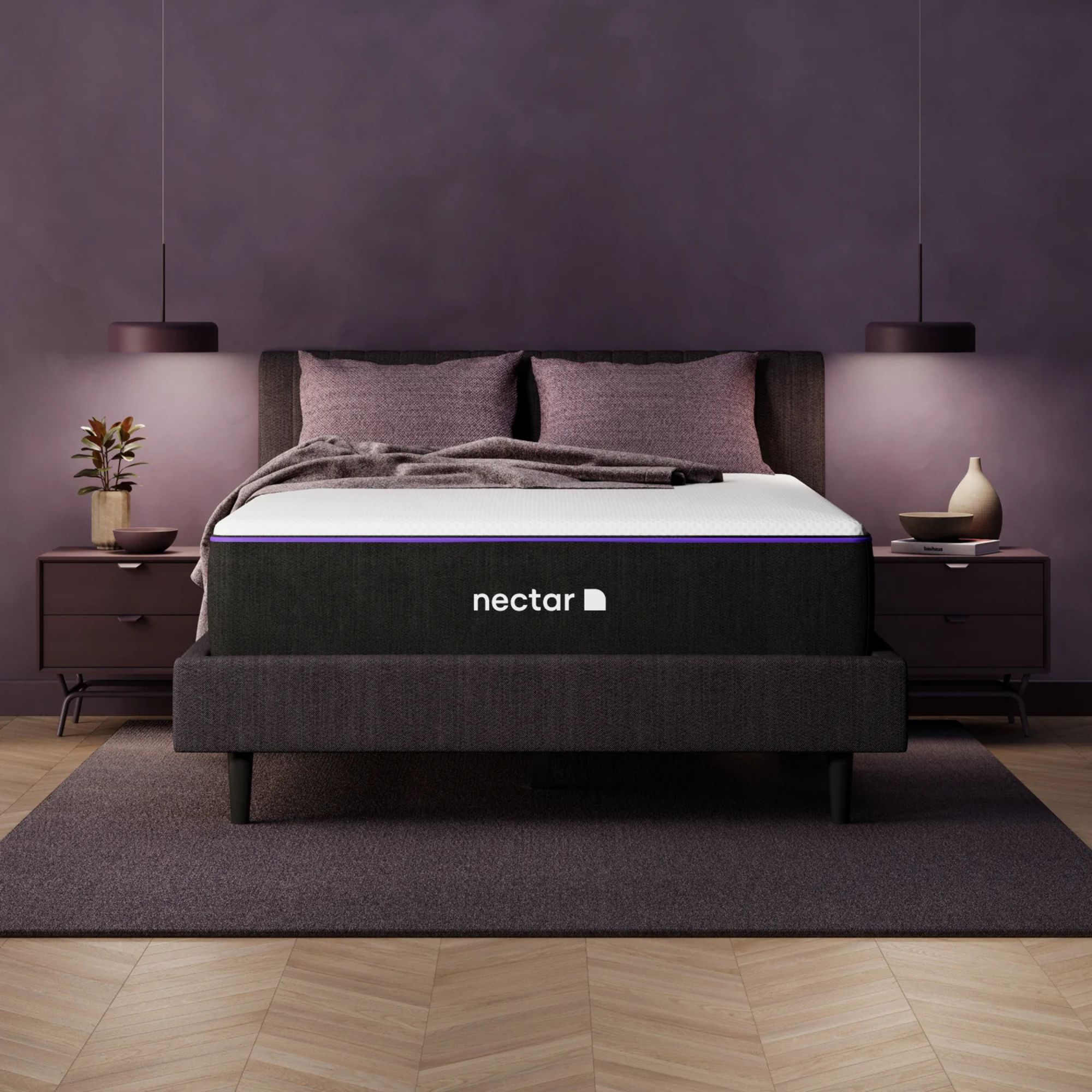
Price: $799 - $1,998
Firmness: Medium-firm
Type: Hybrid
Sizes: Twin, Twin XL, Full, Queen, King, California King, Split King
Sleep trial: 365 nights
Warranty: Lifetime
Delivery: Free shipping and returns
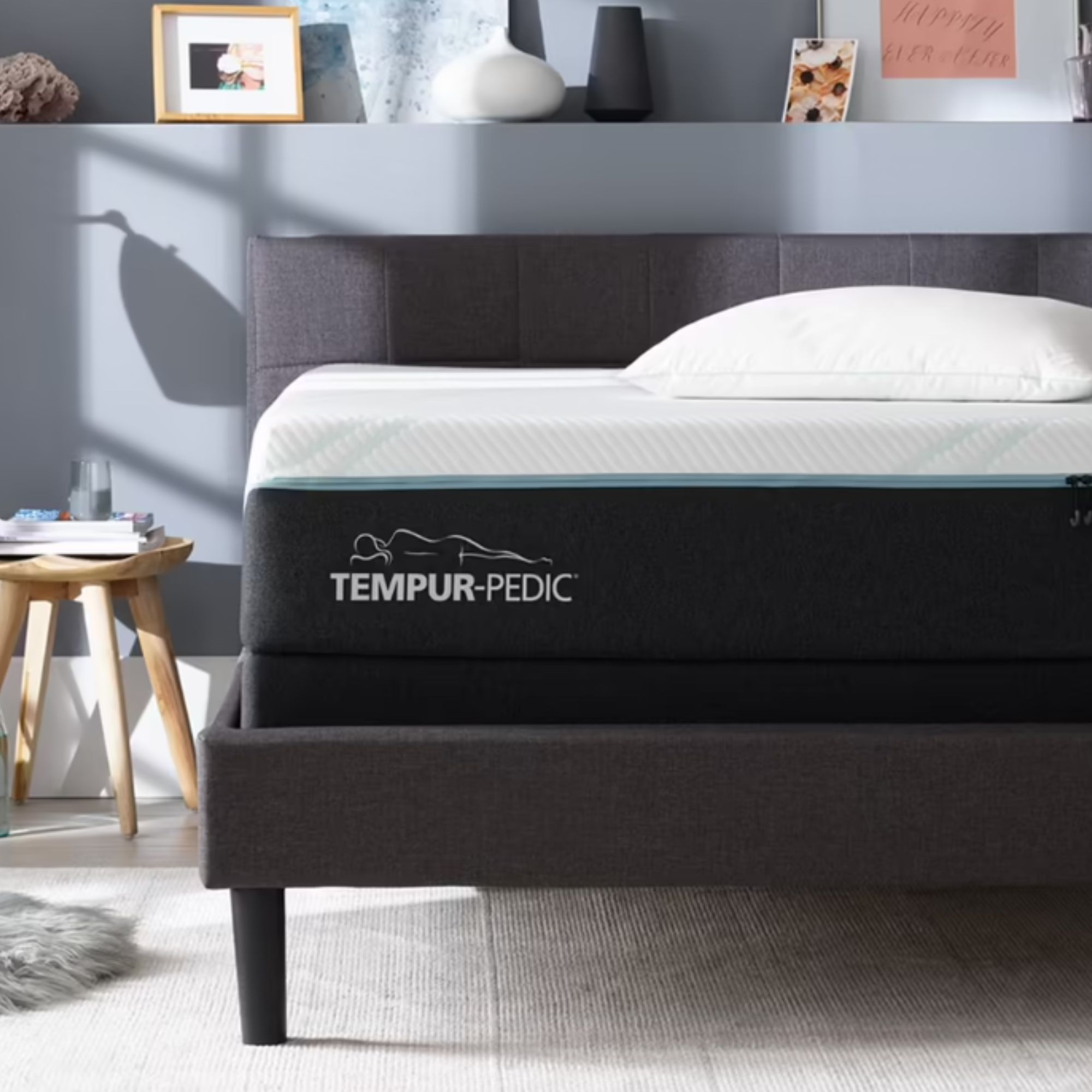
Price: $2,899 - $5,798
Firmness: Medium
Type: Hybrid
Sizes: Twin, Twin Long, Full, Queen, King, Split King, California King, Split California King
Sleep trial: 90 nights
Warranty: 10 years
Delivery: White glove delivery
Nectar vs Tempur-Pedic − Pressure relief
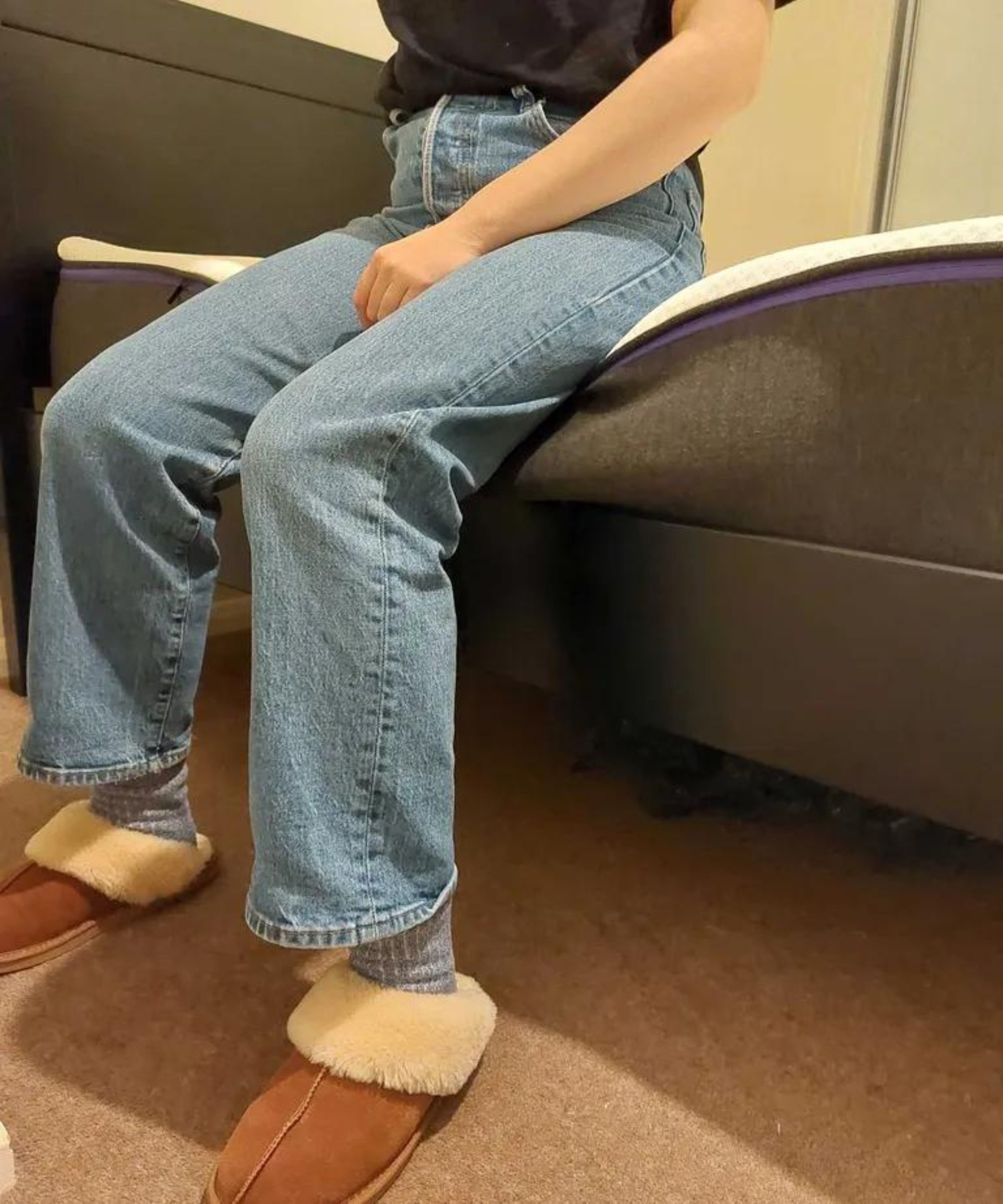
WINNER: Tempur-Pedic
It's a close call, but the Tempur-Pedic ProAdapt takes the crown for versatility. It's available in four mattress firmness levels to suit every style of sleeper. Each iteration of the Tempur-Pedic ProAdapt is founded on stainless steel springs and topped with Tempur-material, which is a special sort of memory foam. Originally developed by NASA to absorb the G-force of astronauts in transit, Tempur-material is designed to bear your weight and take the pressure off your joints. 'I felt a slight sinking feeling as the mattress conformed to my shape, but I always felt supported and I found it easy to move from one side to the other,' says Jaclyn.
That's not to say that the Nectar Premier Hybrid Mattress is uncomfortable: far from it. 'It took me a few weeks to get used to the feeling of being 'hugged' by my mattress, but I've learned to love it,' says Millie. 'There's just enough give to cushion my joints, but not so much give that it throws my spine out of alignment.' The Nectar Premier Hybrid Mattress is only available in Medium-Firm, which should suit most sleep positions, but possibly not soft enough for side sleepers.
Nectar vs Tempur-Pedic − Thermoregulation
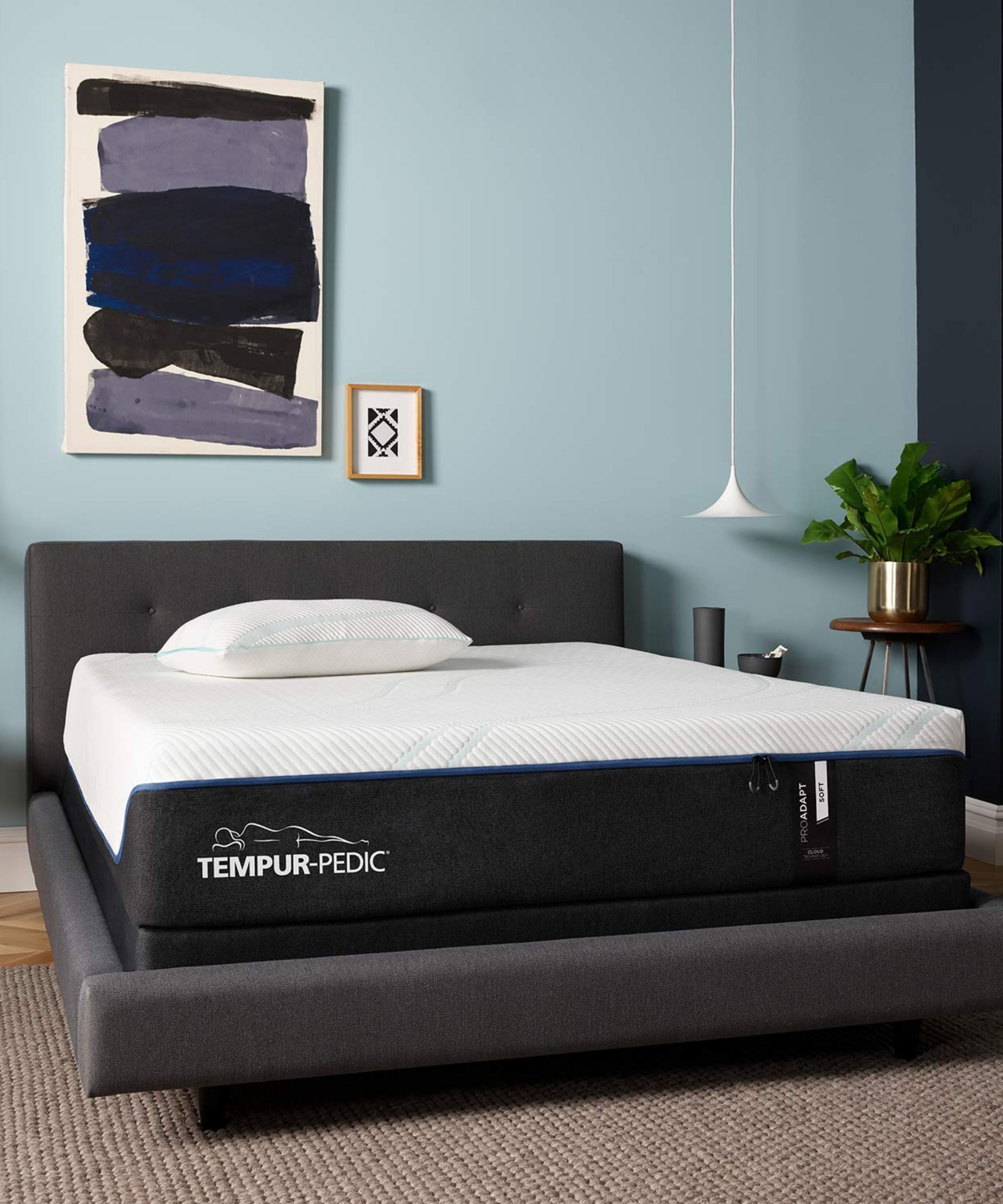
WINNER: Tempur-Pedic
It's no contest: the Tempur-Pedic ProAdapt is the best cooling mattress on the market. Jaclyn started testing the Tempur-Pedic ProAdapt during a hot and humid Atlanta summer and she found that the stretch-knit cooling cover was enough to dissipate heat and wick moisture. It's also worth noting that the memory foam comfort layer is infused with cooling gel and the gaps between the springs boost airflow through the bed.
According to Millie, 'the Nectar Premier Hybrid Mattress was noticeably more breathable than their all-foam models, but I wouldn't go as far as to say it was actively cooling.'
Nectar vs Tempur-Pedic − Motion isolation
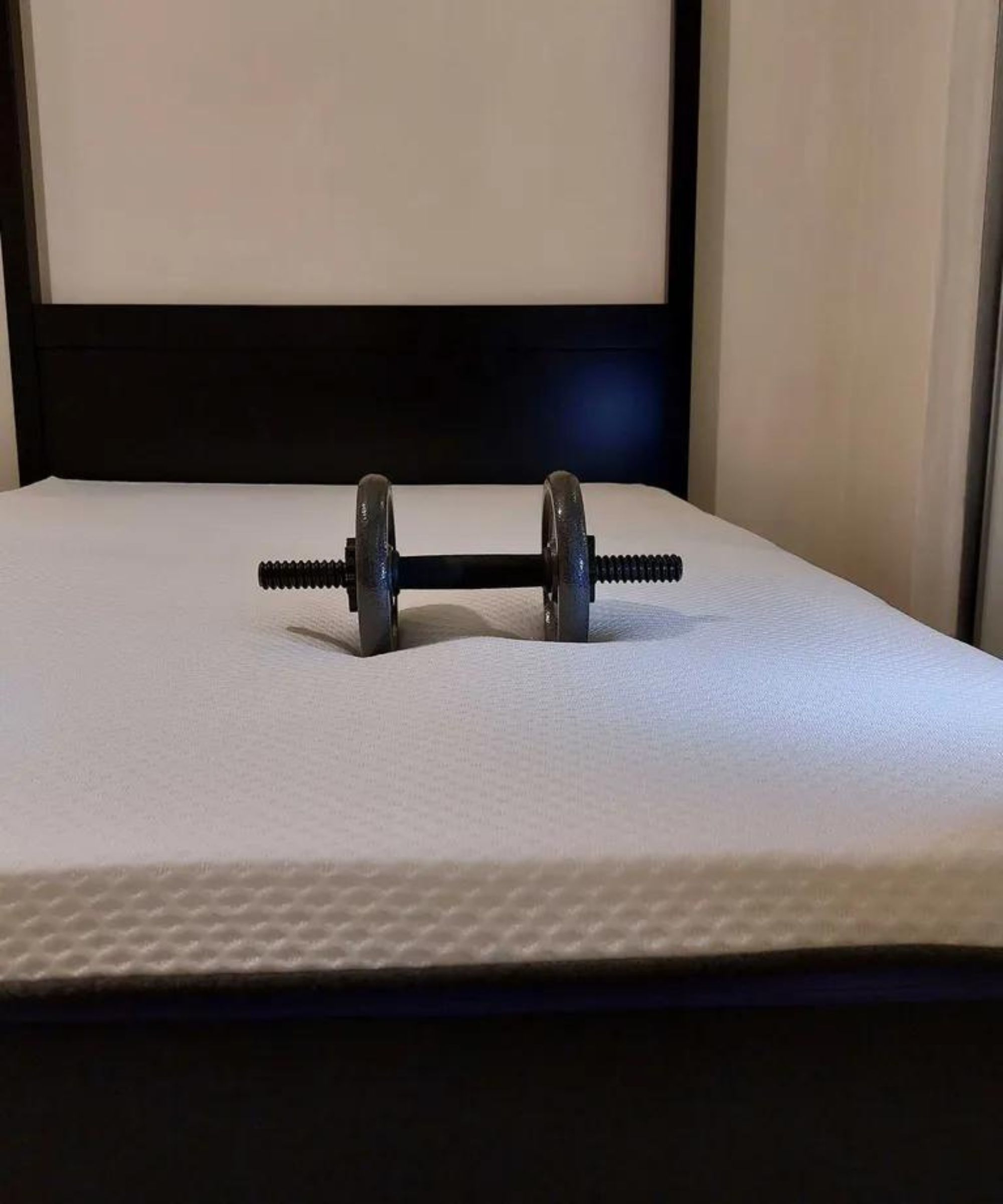
WINNER: It's a tie
The Tempur-Pedic ProAdapt boasts excellent motion isolation, which should come as no surprise to anyone who remembers their early 2000s television, and the full glass of red wine that balanced perfectly on top of the Tempur-Pedic mattress. We like to conduct our own version of the red wine test by filling a glass with water and setting it in the middle of the mattress. No matter how much Jaclyn and her dog tossed and turned beside the glass, they never spilled a drop of water.
Minimal motion transfer is unusual for a hybrid mattress, but the Nectar Premier also boasts excellent motion isolation. Not a drop of water spilled in Millie's motion transfer test, and she could share the mattress without waking up when her partner shifted in their sleep or got into and out of bed.
Nectar vs Tempur-Pedic − Edge support
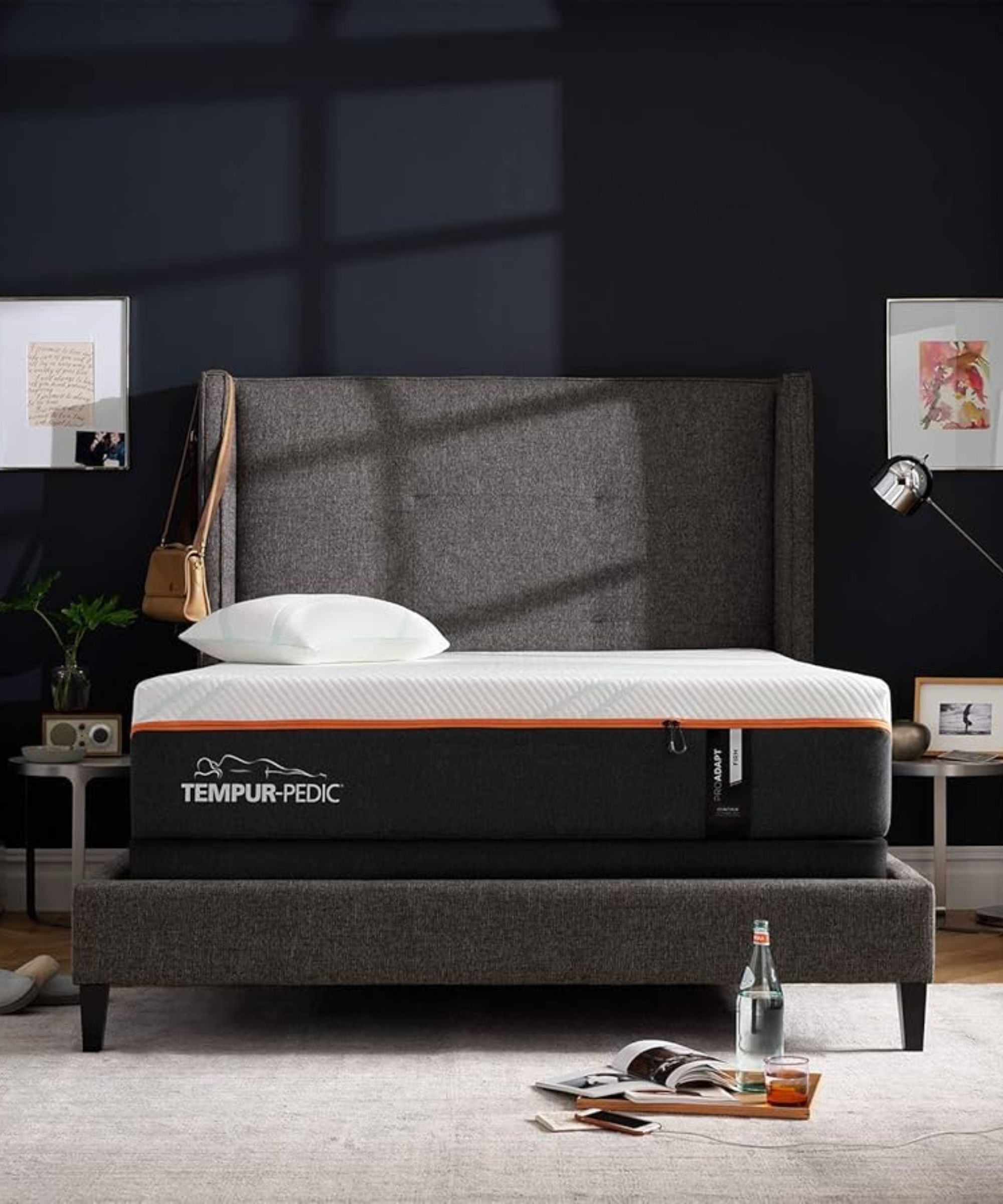
WINNER: Tempur-Pedic
The edge support on the Nectar Premier Hybrid is decent: 'I could comfortably perch on the edge of the bed to apply lotion or tie my shoes,' says Millie, 'though I wouldn't want to sleep on the very edge of the mattress.'
The edge support on the Tempur-Pedic ProAdapt is more reliable, thanks to a row of reinforced steel coils running around the sides of the mattress. Jaclyn could comfortably sit and sleep on the side of the mattress, which is good news for anyone who struggles with mobility and needs supportive sides to get into and out of bed.
Nectar vs Tempur-Pedic − Practical points
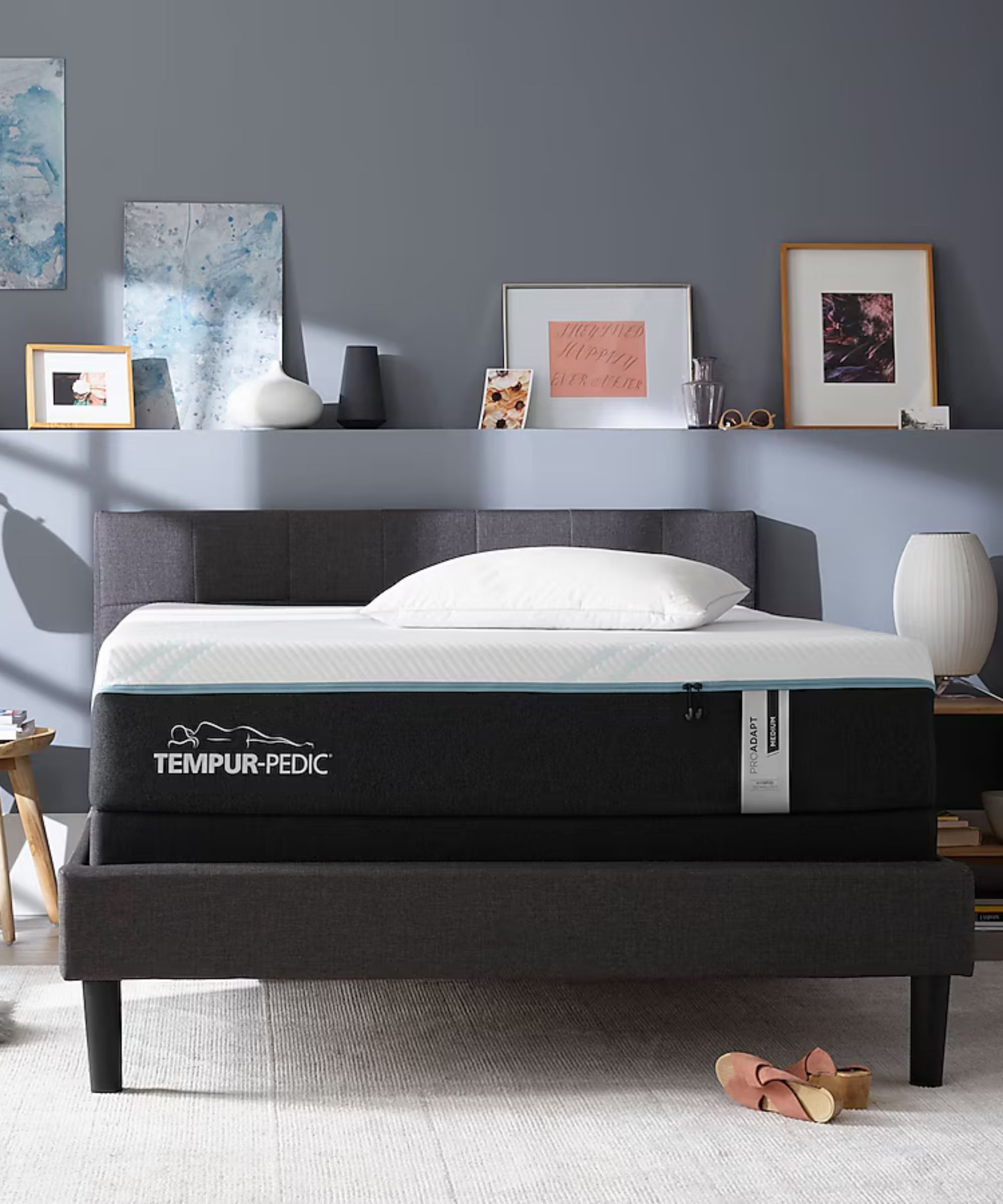
WINNER: Nectar
The Nectar Premier Hybrid Mattress is far more affordable than the Tempur-Pedic ProAdapt: I'd say it's one of the best affordable mattresses on the market. The Nectar Premier costs $1,099 for a Queen – a full $2,300 cheaper than the Tempur-Pedic ProAdapt in the same size. You can spend the money you save on sheets, pillows, and comforters: even a new bed frame.
Where Tempur-Pedic offers a 90-night mattress sleep trial, Nectar offers 365 nights, which allows you to test your mattress over the course of a year before you commit to your purchase. Nectar also offers a lifetime mattress warranty covering all the usual defects in manufacture and materials, whereas Tempur-Pedic only offers 10 years.
Still, Tempur-Pedic beats Nectar on delivery. Where Nectar offers free delivery and returns, Tempur-Pedic offers complimentary white glove delivery. Good thing, too, because a Tempur-Pedic mattress is incredibly heavy, and you wouldn't want to try and lift it by yourself.
Nectar vs Tempur-Pedic − Which should I buy?
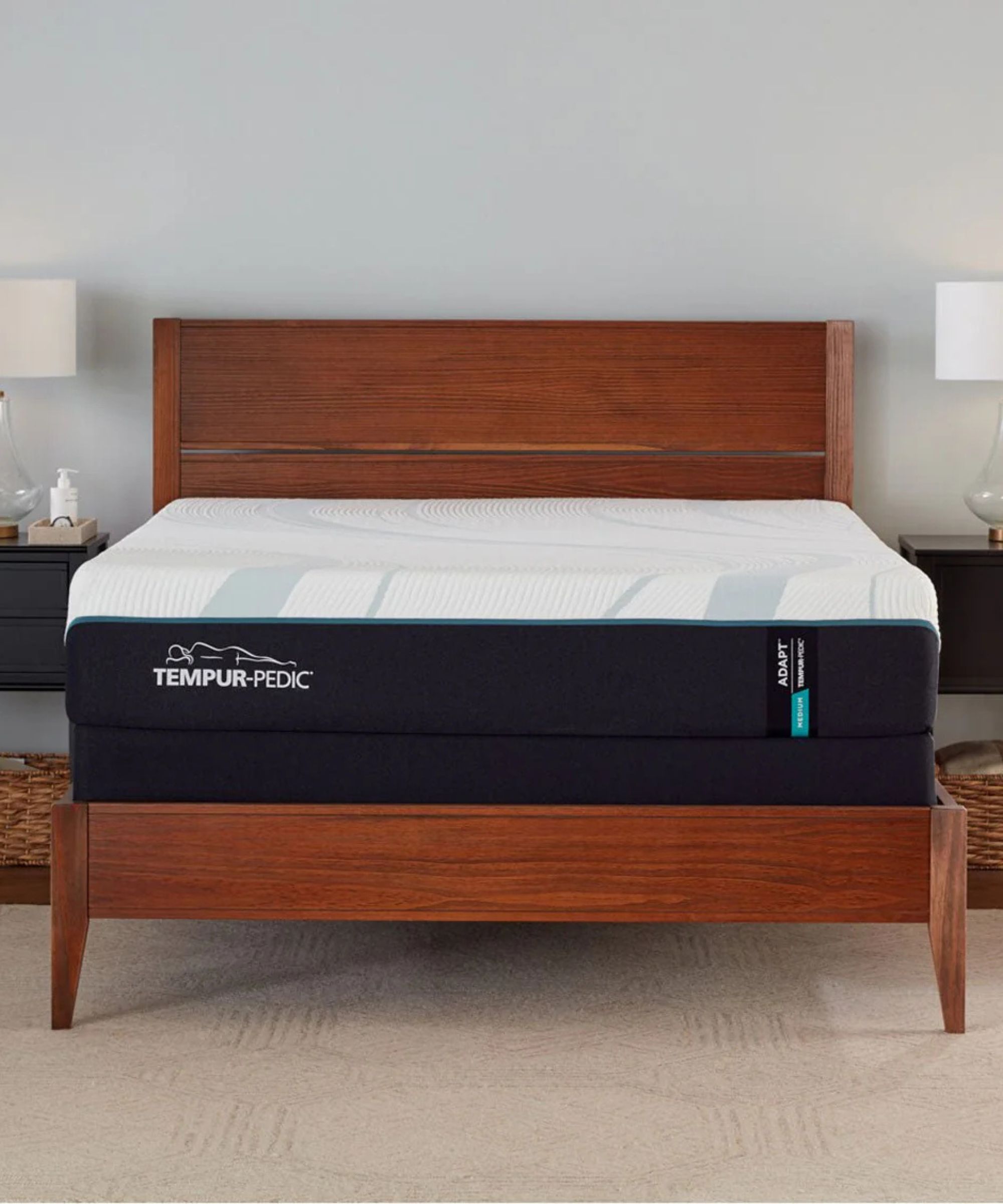
It all depends how much you're prepared to spend. As seen on test, the Tempur-Pedic ProAdapt is unquestionably the better mattress, but it's seriously expensive: even a Twin-sized Tempur costs $1,000 more than a California King at Nectar.
The Nectar Premier Hybrid Mattress isn't quite as exceptional as the Tempur-Pedic ProAdapt, but it's still a good mattress. More importantly, it's far more affordable and often listed for less in the mattress sales.
How we test mattresses
As the resident Sleep Editor at Homes & Gardens, I lead a team of expert testers in the search to find the world's best mattress. Together, we represent a wide range of ages, sleep styles, and body types. We sleep on each mattress for a minimum of 30 nights before we write our initial reviews to get the best indication of long-term performance.
We assess each mattress against the same criteria: pressure relief; thermoregulation; motion isolation; and edge support. To assess pressure relief, we lie on the mattress and flip between our stomach, back, and sides, considering how comfortable the mattress feels in each position. To assess thermoregulation, we switch off our AC to sleep through heat waves and cold snaps, noting any nights where we wake in a sweat.
To assess motion isolation, we fill a glass with water and set it in the middle of the mattress. Then, we take a weight and move it across the mattress, getting incrementally closer to the glass. The more the glass moves and the more water spills, the worse the motion isolation, and the less suitable the mattress for couples or light sleepers. To assess edge support, we sit on the side of the mattress and measure how far we fall. The further we sink, the worse the edge support, and the harder it will be to get into and out of bed, especially if you struggle with mobility.
We also consider the practical implications of buying a mattress: the warranty; the sleep trial; and the details of delivery. Where possible, we like to compare our findings against verified customer reviews. Finally, we compare the performance of the mattress against the price to help you determine value for money.
Sign up to the Homes & Gardens newsletter
Design expertise in your inbox – from inspiring decorating ideas and beautiful celebrity homes to practical gardening advice and shopping round-ups.

Emilia is our resident sleep writer. She spends her days tracking down the lowest prices on the best mattresses and bedding and spends her nights testing them out from the comfort of her own home. Emilia leads a team of testers across America to find the best mattress for every sleep style, body type, and budget.
Emilia's quest to learn how to sleep better takes her all around the world, from the 3Z mattress factory in Glendale, Arizona to the Hästens headquarters in Köping, Sweden. She's interviewed luxury bedding designers at Shleep and Pure Parima, as well as the Design Manager at IKEA. Before she joined Homes & Gardens, Emilia studied English at the University of Oxford.
You must confirm your public display name before commenting
Please logout and then login again, you will then be prompted to enter your display name.
-
 Kevin Bacon and Kyra Sedgwick's rustic kitchen island is stunning, but controversial – designers say you can get the look without the hassle
Kevin Bacon and Kyra Sedgwick's rustic kitchen island is stunning, but controversial – designers say you can get the look without the hassleA popular material finds an unorthodox home in the couple's kitchen, but experts disagree on whether it should be used – here's how to do it instead
By Sophie Edwards Published
-
 I struggled for 10 years to redesign my living room until I saw Joanna Gaines's 'quiet luxury masterpiece' – she's totally reinvented '50s style
I struggled for 10 years to redesign my living room until I saw Joanna Gaines's 'quiet luxury masterpiece' – she's totally reinvented '50s styleI was never a fan of '50s style until I saw this perfect room
By Jennifer Ebert Published
-
 Gwyneth Paltrow's quiet luxury kitchen is so beautiful, we almost overlooked her ultra-smart cabinets – they make the use of 'every inch' of storage space
Gwyneth Paltrow's quiet luxury kitchen is so beautiful, we almost overlooked her ultra-smart cabinets – they make the use of 'every inch' of storage spaceThe Goop founder makes use of dead space in her kitchen with customized cabinetry that reaches to the ceiling, providing ample storage
By Hannah Ziegler Published